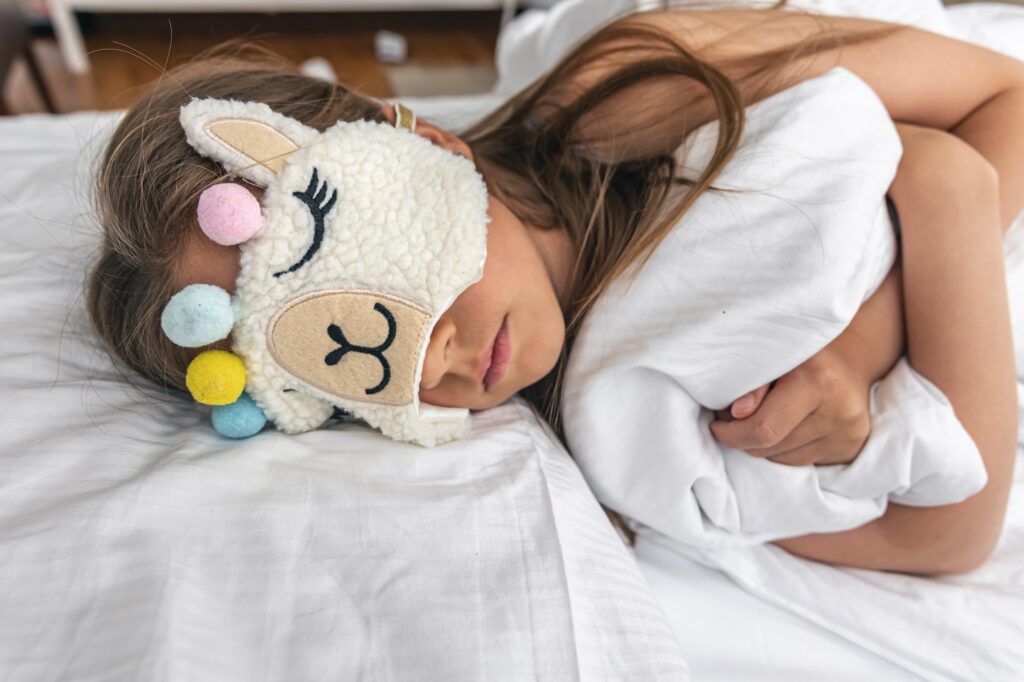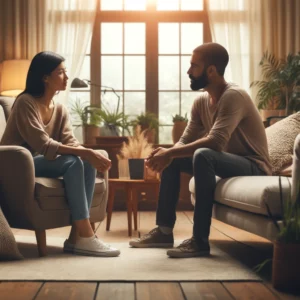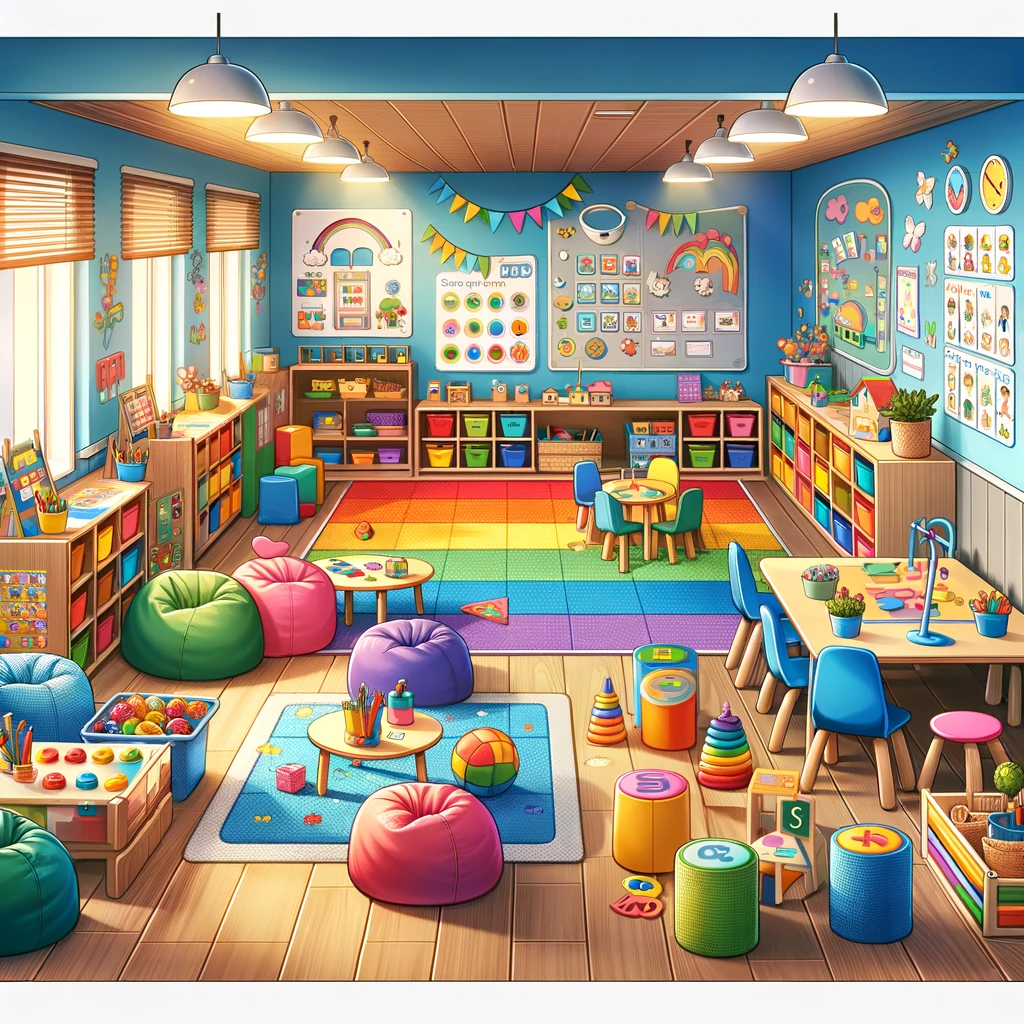Staring into the void, reading a book, working on your laptop… If you have to sit with your child for hours every night before they fall asleep, you can do plenty of things while carefully watching your child. But what if you want to teach your child to fall asleep by themselves?
Sitting with your child for hours until they fall asleep. Is that useful?
It depends on what your own needs are. As long as you and your child feel comfortable with a particular bedtime ritual, there is nothing wrong with it. But if you have a different need, I can understand that you want it differently.
How to change the ritual using small steps.
The first step is to understand your child’s sleeping behaviour. Did your child always sleep well on its own at first, but was it suddenly afraid of monsters under the bed so that you had to sit with it more and more? Or has your child always had problems falling asleep, and ‘sitting in’ became the remedy that helped? In the latter case, your child has never learned to fall asleep, so he needs your presence repeatedly.

What if my child never learned to fall asleep independently?
Then you could see what the best solution is for you together. With your guidance, you can teach your child to fall asleep independently. Waiting until your child has fallen asleep has probably started to take longer and longer. Your child has become used to it and feels safe and familiar with you just being there. If you tell your child that you will no longer stay with them and that they need to fall asleep independently, this will probably cause stress.
What is a good first step?
That differs per situation, but I often recommend reducing your presence in small steps. For example, are you sitting next to your child’s bed? Then sit with your chair on the threshold of the door. Then your child will still see you, but you take a bit more distance. And so you slowly push the limit. The next step could be the hallway and then the stairs.
This process often takes a few weeks. So it is not the case that you can ‘solve’ it all immediately in one evening. You can if your child is used to falling asleep in your presence. Don’t expect him to do it alone in one day.
Your child will most likely start crying or calling you. The trick is to reassure your child calmly and lovingly. Tell your child that you are not going away and that you are around, so they continue to feel as if everything is the same. At the same time, stick to your decision and do not move closer again. Your child may think it pays to get very angry or sad, which is not the intention.
What do you do if your child cries for a long time?
It’s challenging, but it’s best to stay calm. Your child’s emotions are valid; therefore, acknowledge your child and explain that those feelings are not bad. No parent likes to see their child upset. It’s a significant change for your child, and your child needs your reassurance. You determine the steps, and your child sets the pace.
Are there any other tips that can help?
Yes, think about yourself, too. If you have a partner, share the load. Or get in touch with one of the specialists at STG La Ronge. You don’t have to do it all alone, so don’t be embarrassed if you consider seeking professional help. Many children have trouble sleeping, and you are not the only parent who suffers from this.
Think about how you can recharge yourself if sitting with your child is no longer needed. So not just from sleeping at night, but also from the things you do during the day, such as exercising. These things are very important for your energy level. Because if you don’t charge yourself enough, your lack of energy will result in being less patient with your child. That is why I advise parents to make this change only if they have enough time and energy. Think of it as an investment. You put a lot into it now but will reap the fruits later.














